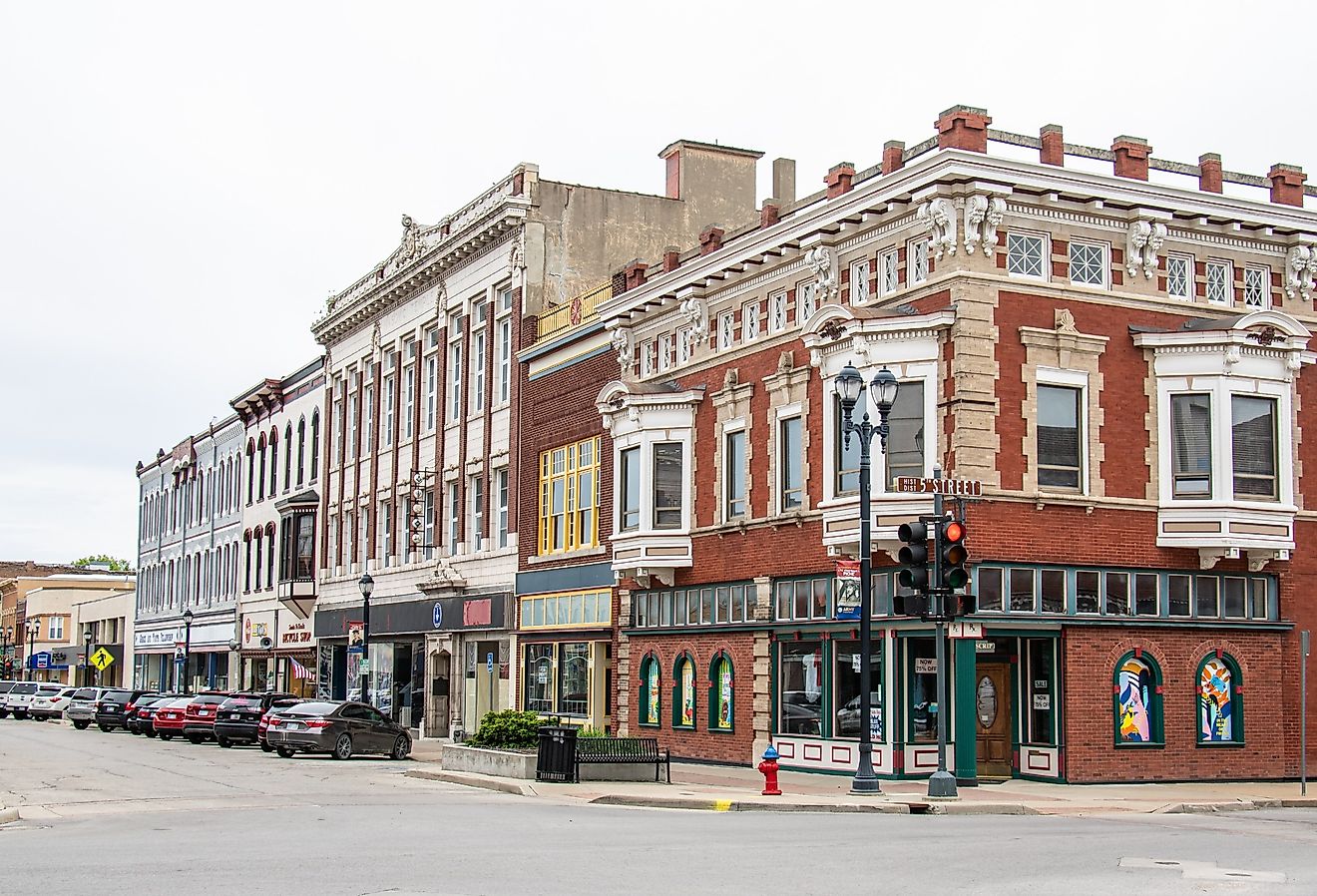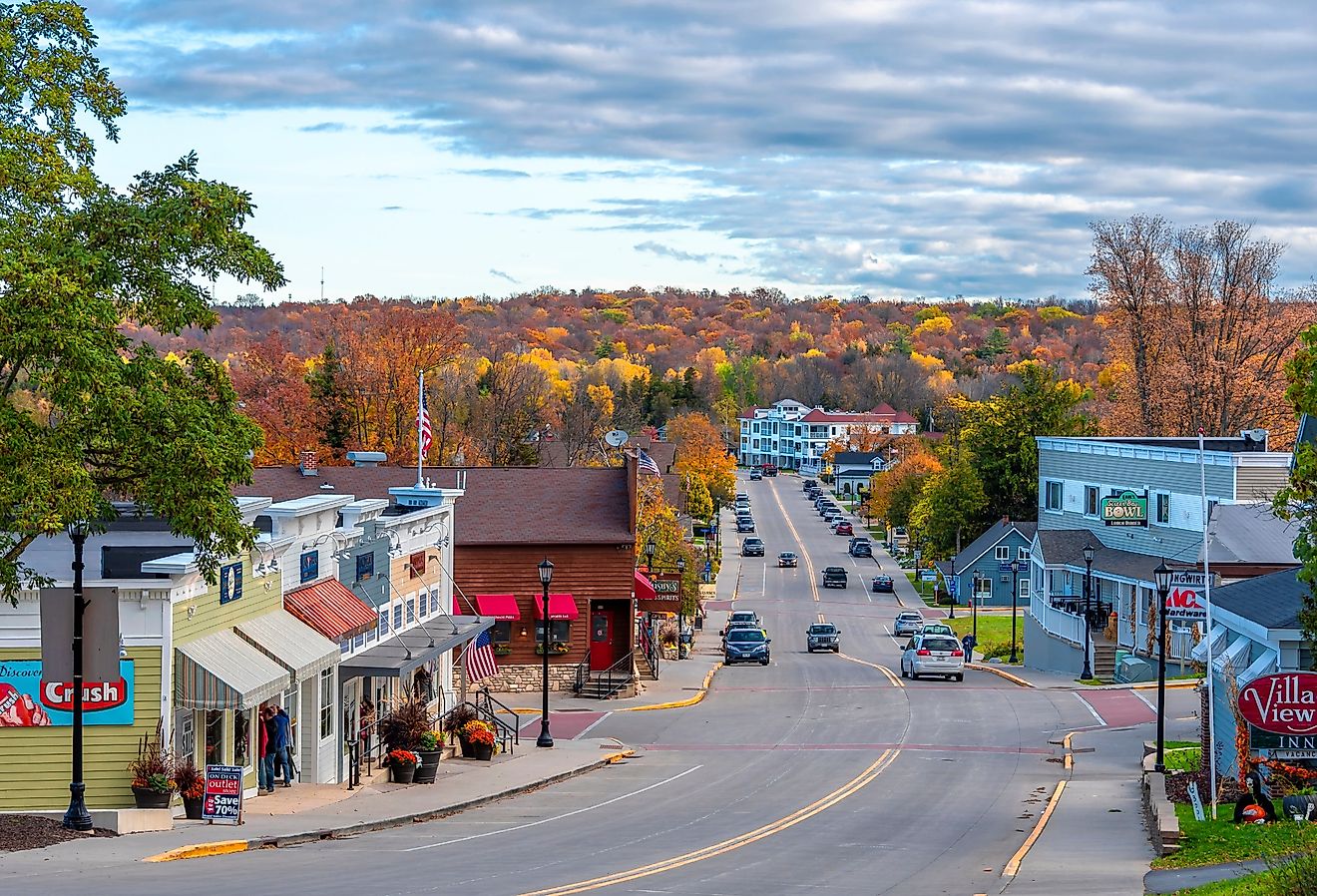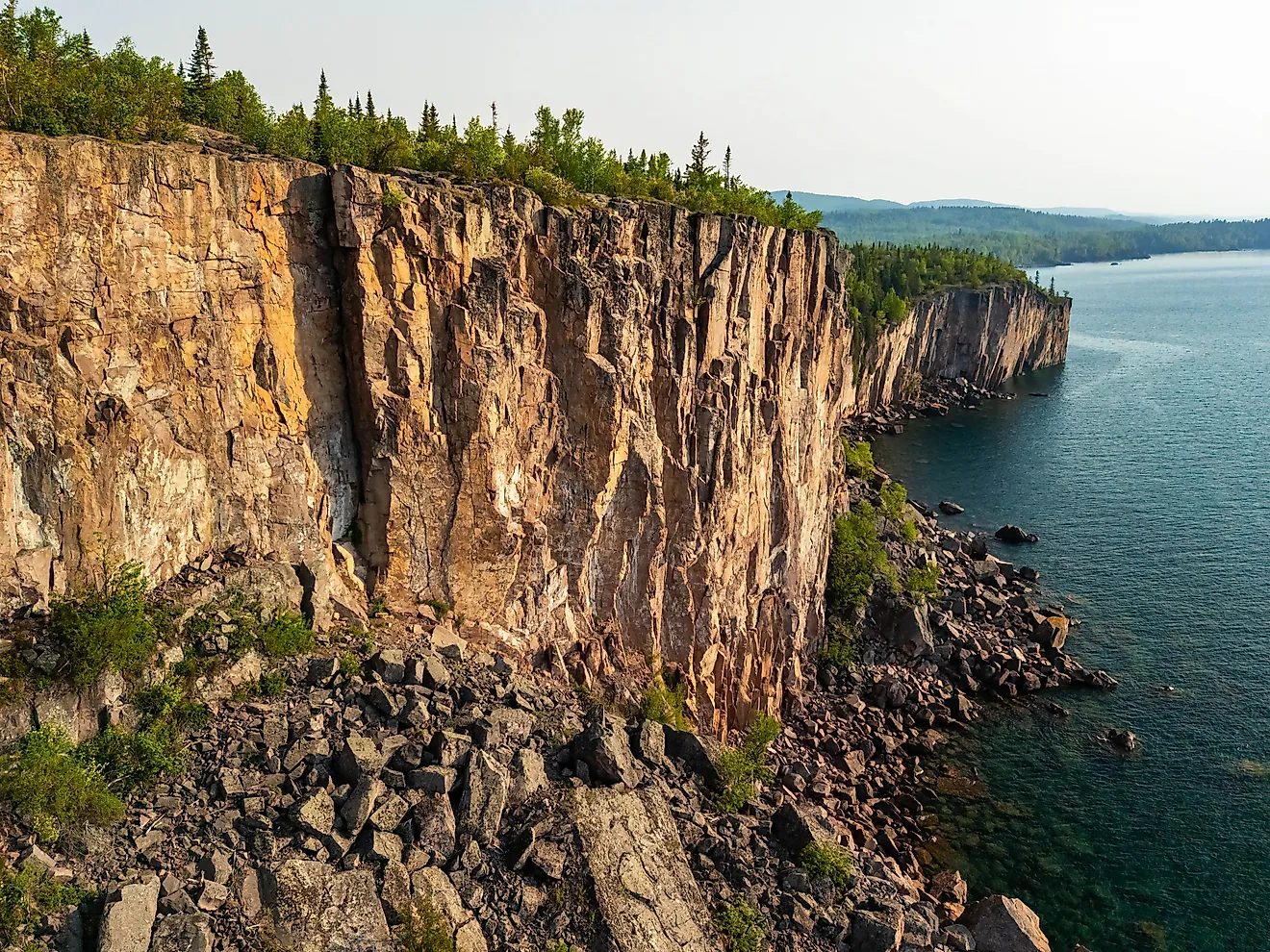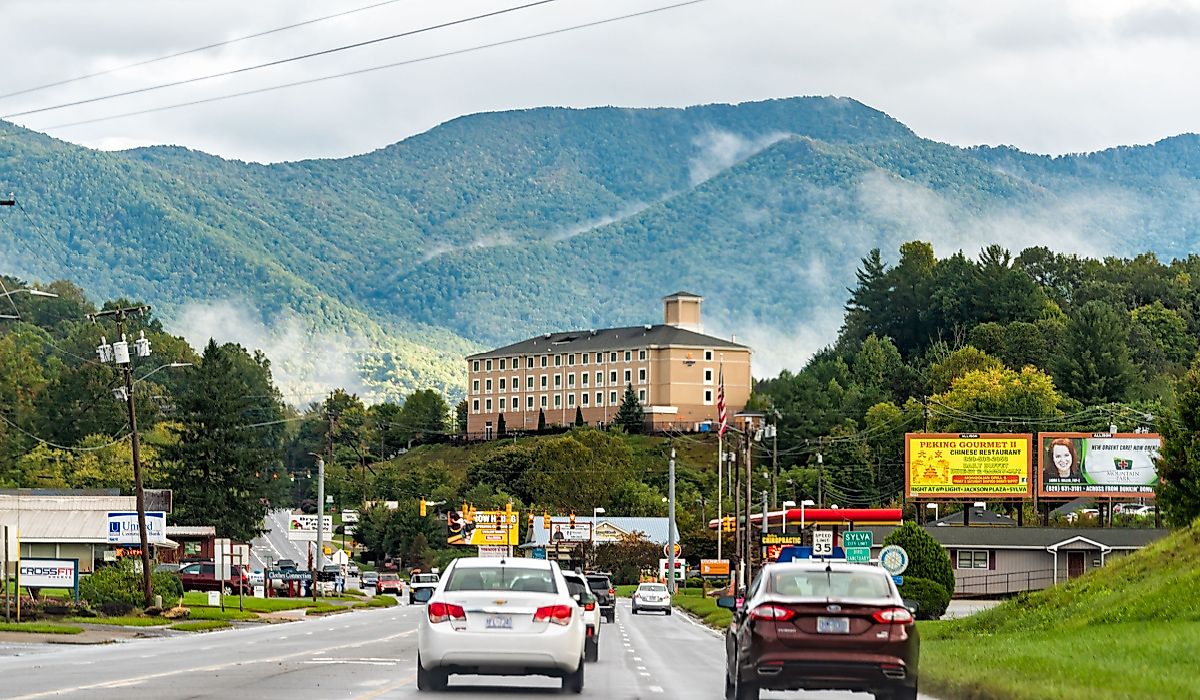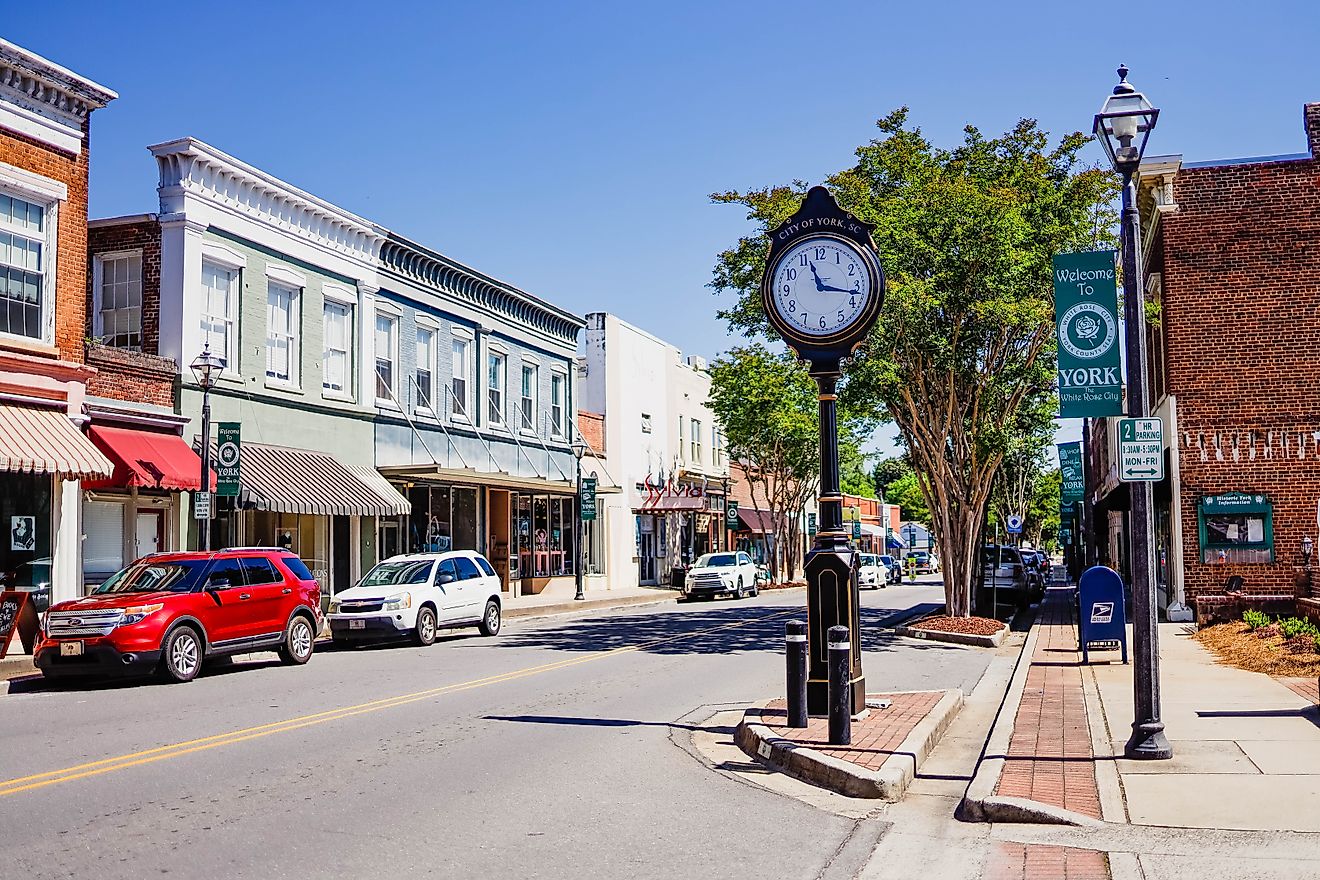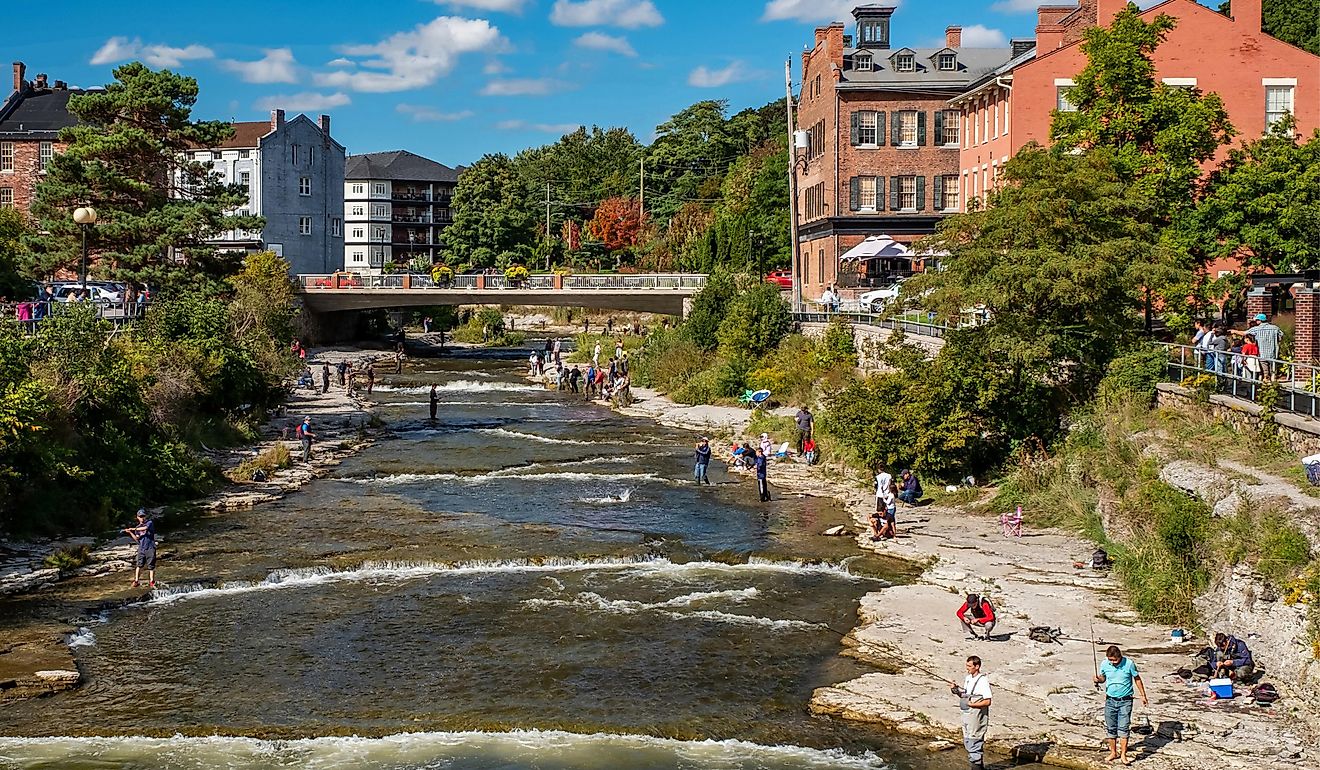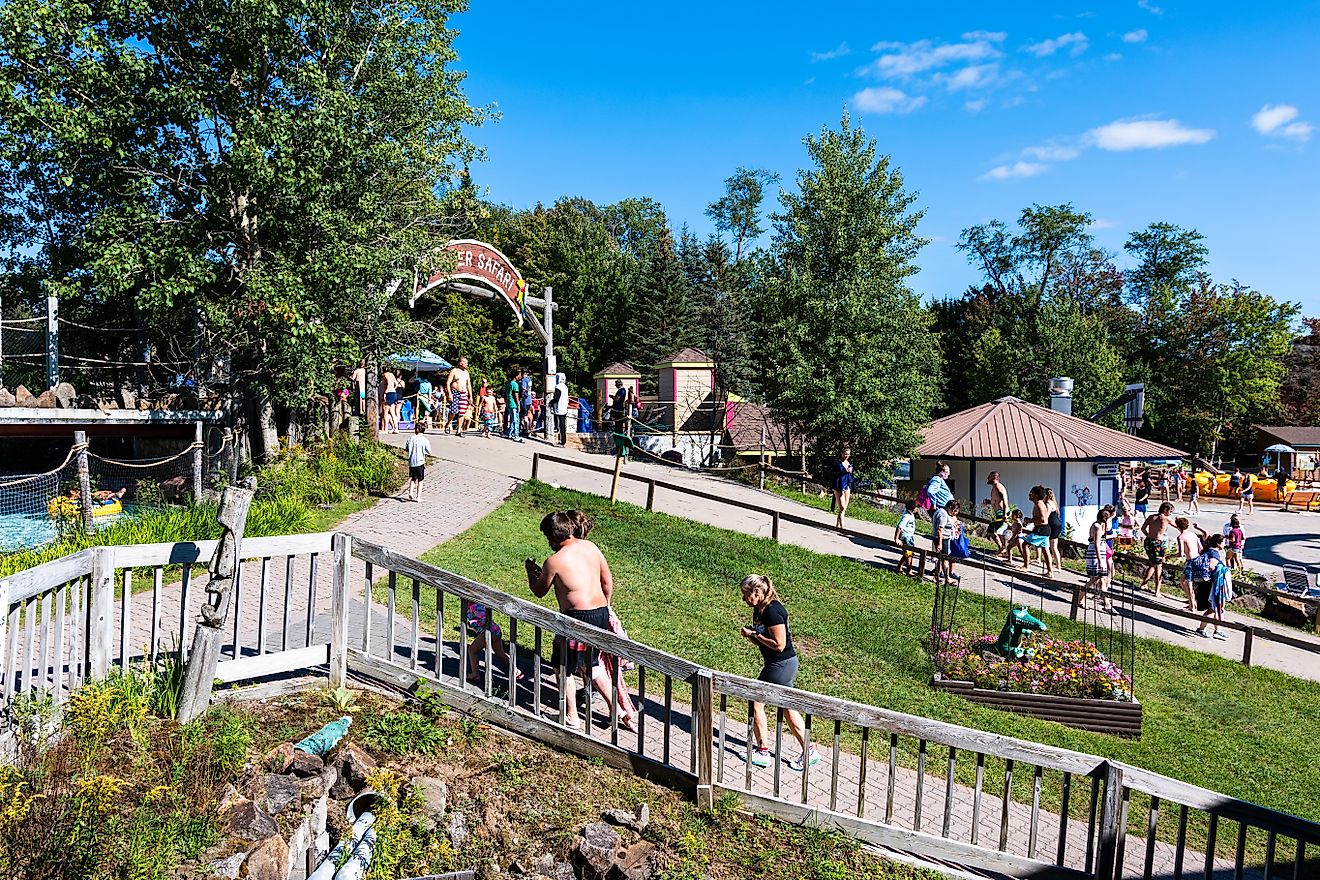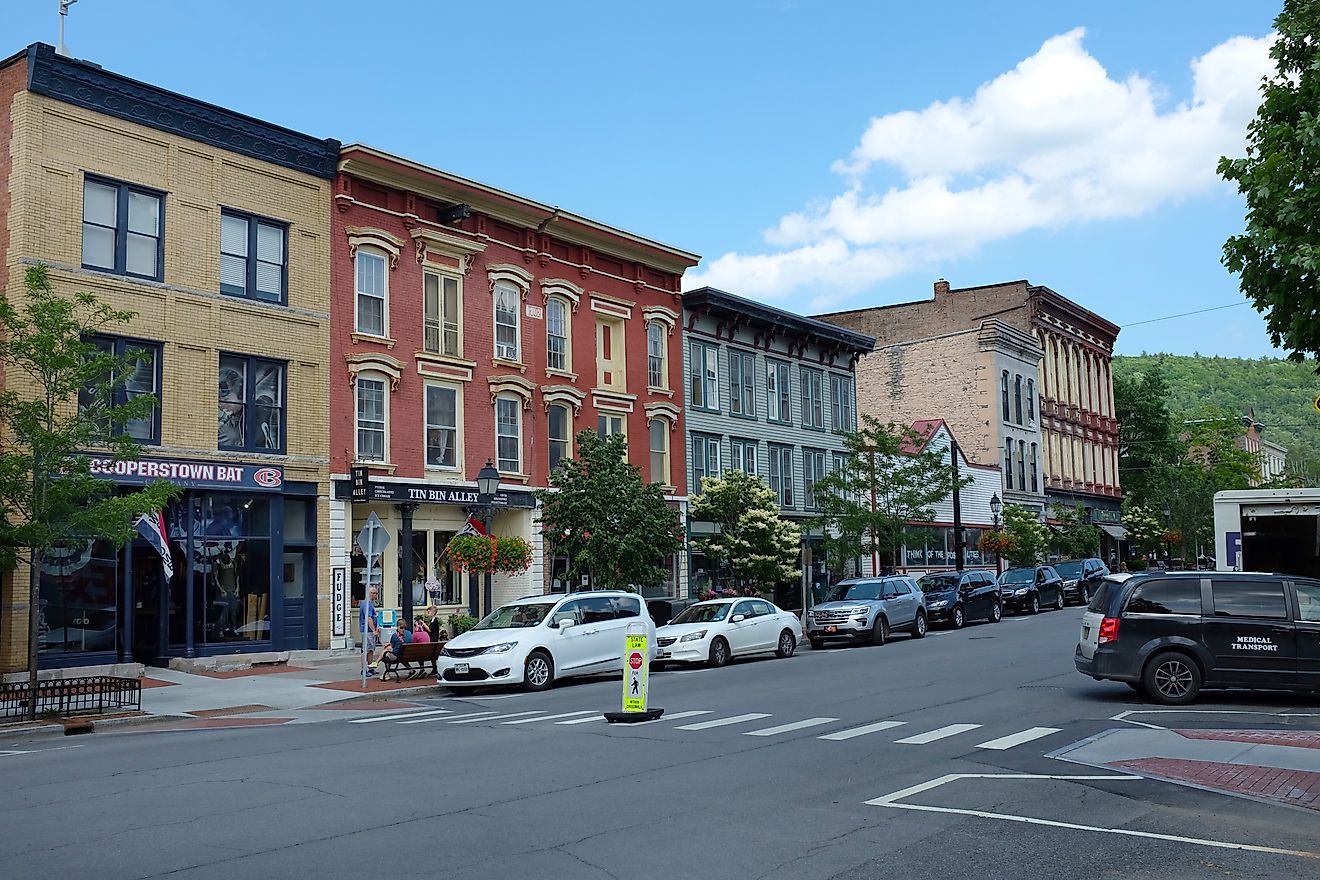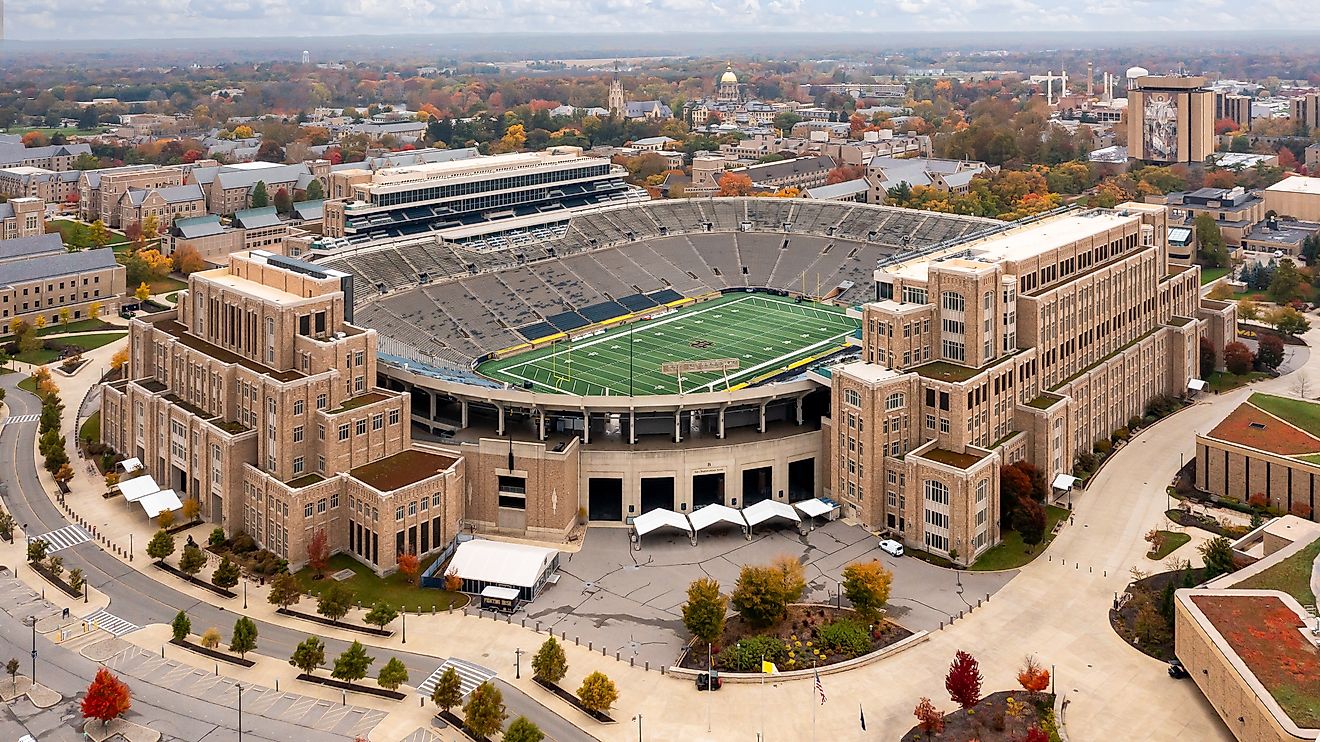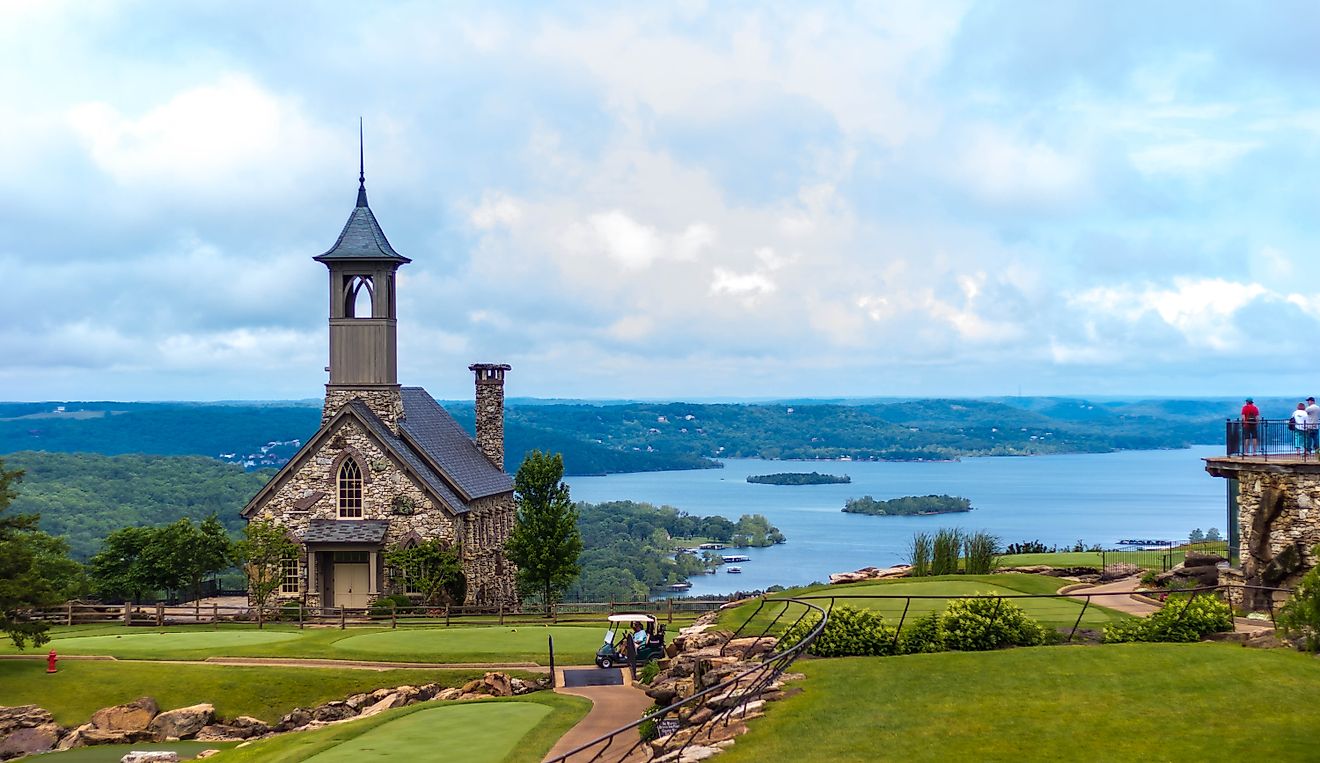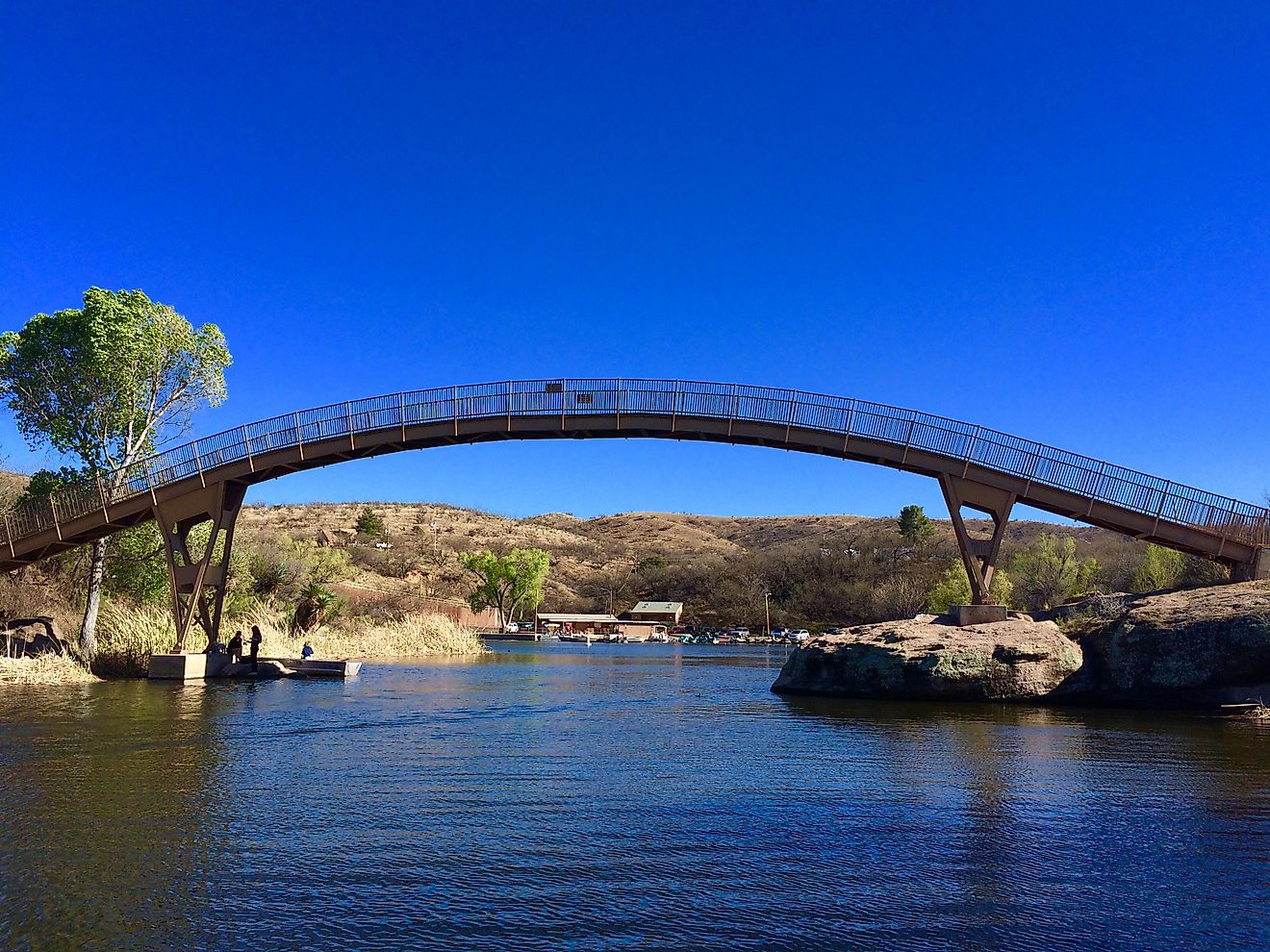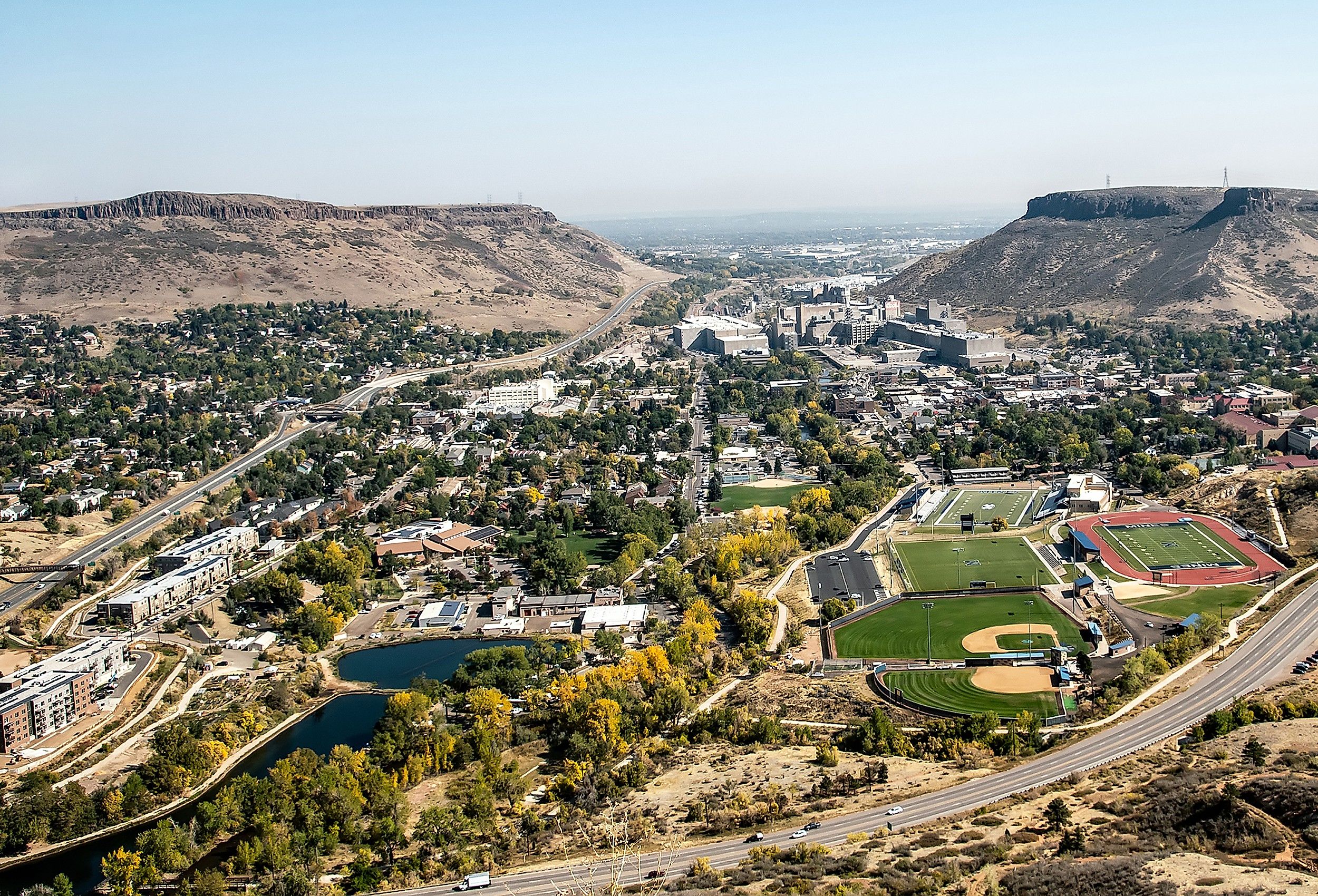
7 Oldest Founded Towns to Visit in Colorado
Known as the Centennial State, Colorado was granted statehood in 1876, a century after the United States of America gained its own independence. However, decades prior to its gaining statehood, the territory that was known then as Jefferson Territory, experienced a population boom due to the Colorado gold rush. While today Colorado is known for its ski resorts and quaint mountain towns, historically, it was home to small towns located near gold and other precious metal deposits. With the dream of hitting pay-dirt in the shadow of the Rockies, thousands of immigrants and generational Americans headed west to the territory that would someday become Colorado. While many of these towns no longer exist, many do, some of which predate Colorado’s statehood. Today, tourists come from all over the world to explore Colorado's gold rush history, including a visit to the oldest towns in the region.
San Luis
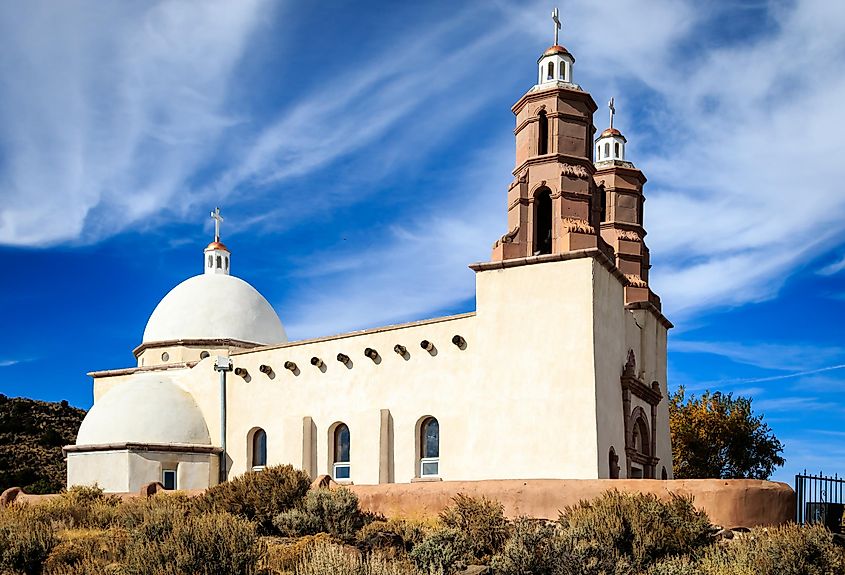
Nestled in the San Luis Valley, and surrounded by the Sangre de Cristo and San Juan Mountains, is the community of San Luis, the oldest town in Colorado. Founded on April 5, 1851, its modern population fluctuates between around 500 people to slightly over 750 people. While San Luis is the oldest town within the modern border of Colorado, at its founding, it was part of Territorial New Mexico.
When founded, San Luis was a part of North America colonized and controlled by Spain in the late 16th century. As such, this town had, and continues to have, a cultural connection to the art and religion of Spain. Today, tourists come to San Luis every year to visit the Shrine of the Stations of the Cross, a church surrounded by fifteen bronze statues depicting all the stations of the cross per Christian religion.
Denver
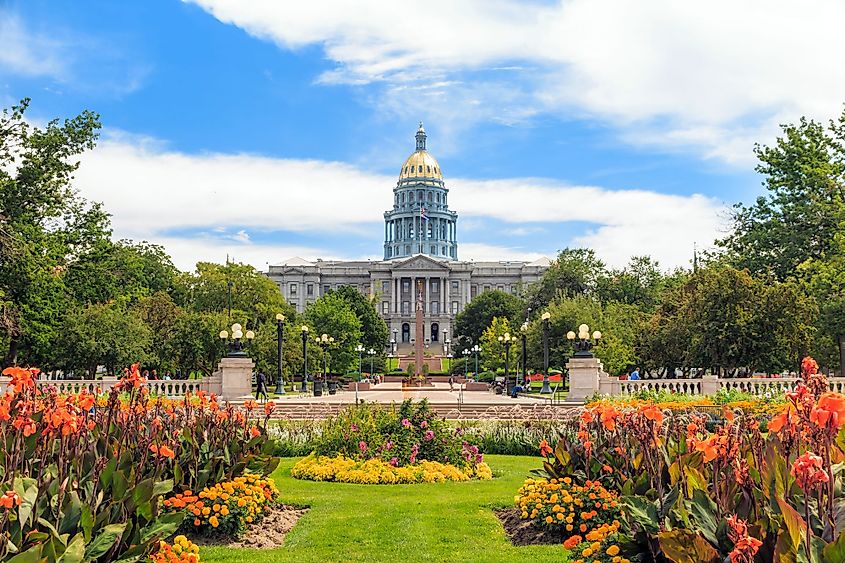
Now the capital city of Colorado, Denver, was founded in 1858 as a supply depot for miners heading into the Rocky Mountains to prospect for gold and other precious metals. Located on the South Platte River, the Pikes Peak gold rush particularly influenced Denver. However, it was the introduction of the railroad that in short order resulted in Denver morphing from a small, gold rush based, town, into a multi-faceted and industry-driven, city. This new industrial status attracted affluent locals to settle in Denver, primarily prospectors and their families, who had been lucky during the Colorado gold rush.
Catering to this demographic, hotels, mansions, restaurants, and a wide range of entertainment, such as the opera and a public zoo, opened, all for the nouveau riche population of Denver. Notably, Denver’s present existence as the capital of Colorado was never assured. In 1863 it experienced a devastating fire that burned down the entire business district, in 1864 a deadly flash flood caused seven deaths and over $1,000,000 USD in damage to Lower Denver, and throughout its first decades, Denver had its supply lines blocked for weeks on end due to a continuous, and deadly, conflict with the Indigenous peoples of the area. Today, more than 36 million tourists visit Denver annually for its culture, history, and proximity to downhill sports facilities.
Como
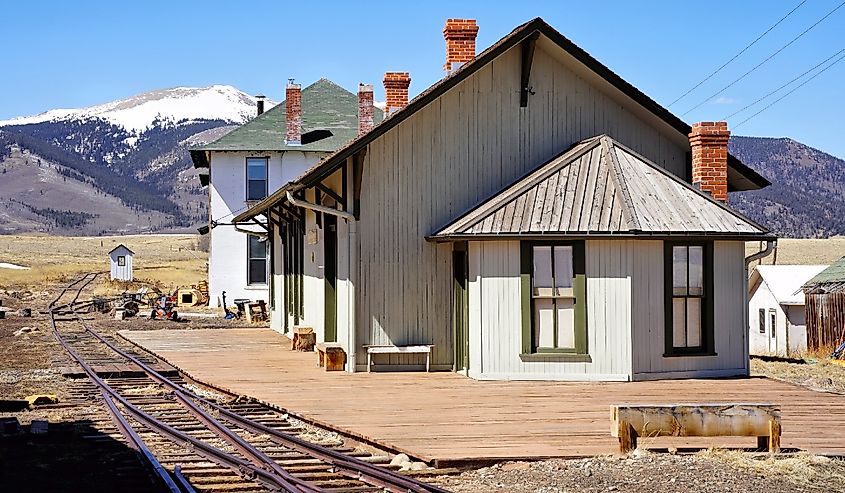
Como, Colorado, founded in 1859, found its birth in the same manner as most, the Colorado gold rush, but its existence beyond the boom and bust mining industry is due to a fortuitous choice on the part of the Pacific Railroad. Making Como the division point of the Denver, South Park, and Pacific Railroad lines in 1881, Como maintained a social function beyond the gold rush. During the late 19th century, the population of Como was approximately 500 residents. However, on any given day, double this population of train crew, and passengers were also in residence.
Today, the change in railroad use in the United States regarding passenger transportation has taken its toll on modern Como. What was once the largest town in Park County, Colorado, is now described by many as a ghost town. While Como may have survived the end of the Colorado gold rush, it is yet to be seen if it will survive the end of the railway as a means of passenger transportation.
Fairplay
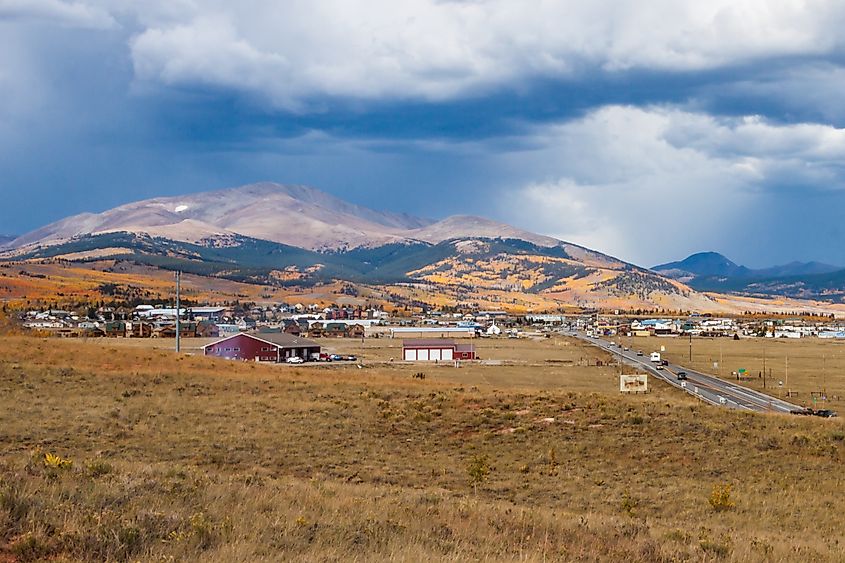
Fairplay, Colorado, was founded in 1859 and has the distinction of being a product not of gold mining but of its grassland resource, which attracted many ranchers to the area. Located in Colorado’s South Park grasslands region, Fairplay sits on the Colorado Plateau. This town’s unique name has a storied origin, being named by miners who felt that local prospectors in the earliest days of the gold rush had been treated more favorably in their land claims, while they were treated less charitably.
As the largest town in Park County, until the late 19th century, Fairplay serves as the county seat. The town wasn't incorporated until 1872, when the population was around 500. Today, tourists visit Fairplay from around the world to experience the beauty of the Colorado Plateau and explore South Park City, a replica of a mid-to-late 19th-century mining town.
Golden
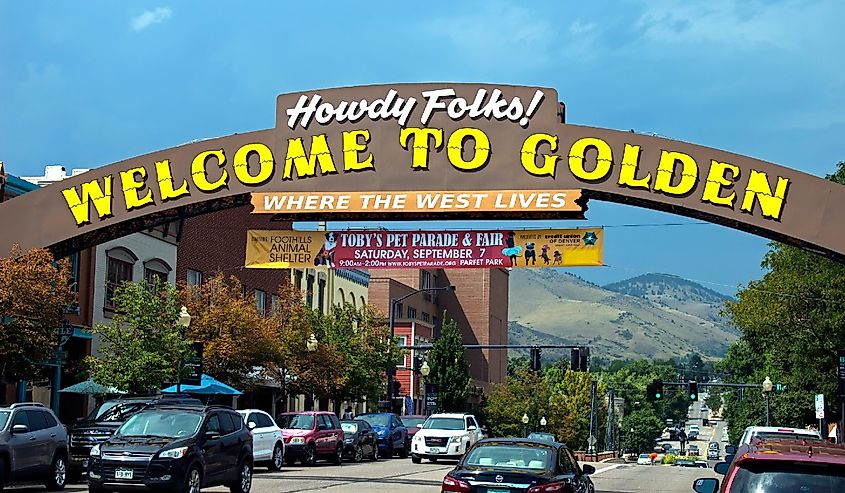
Named after Thomas L. Golden, an early prospector of the Jefferson County region of America’s southwest, Golden was founded on June 16, 1859. Located along the shore of Clear Creek, this town owes its existence to the Colorado gold rush. Sitting at the base of the Rocky Mountain's Front Range, Golden played a unique role during the mid-19th century due to its location, sitting between the east and west gold deposits of the Colorado gold rush.
For years Golden was the primary way-station for supplies coming into and resources going out of this region. At the beginning of the Colorado gold rush, Golden was the largest city in Jefferson Territory. However, Golden's population dwindled when the railway was routed through Denver. Combined with the eventual end of the gold rush, Golden went from a bustling city to a small town by the early years of the 20th century. Today, Golden attracts nature lovers and adventurers looking to visit Clear Creek Whitewater Park and hike Clear Creek Trail.
Idaho Springs
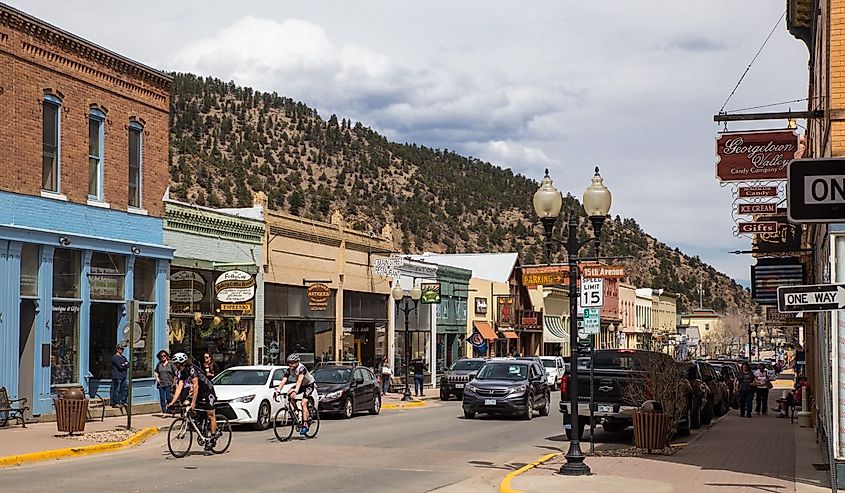
The history of Idaho Springs, Colorado, can be traced back to 1859, when George Andrew Jackson discovered gold where Chicago Creek and Clear Creek meet. Making a claim on this land and returning with supplies and more men, Jackson’s subsequent mining operation marks the beginning of the Colorado gold gush. For the next fifteen years, Jackson’s mining operation grew, as did the population of what would become Idaho Springs. In 1873 Idaho Springs was registered with the land office in Central City, marking approximately 105 acres of land as an official town. The following year the land was deeded to those settlers able to pay the fee per acre. Officially incorporated in 1885, this town was the heart of the Colorado gold rush for decades. Today, tourists visit Golden to discover the history of the gold rush and to explore the natural beauty of the region, including St. Mary’s Glacier, Echo Mountain, and Summit Lake Park.
Leadville
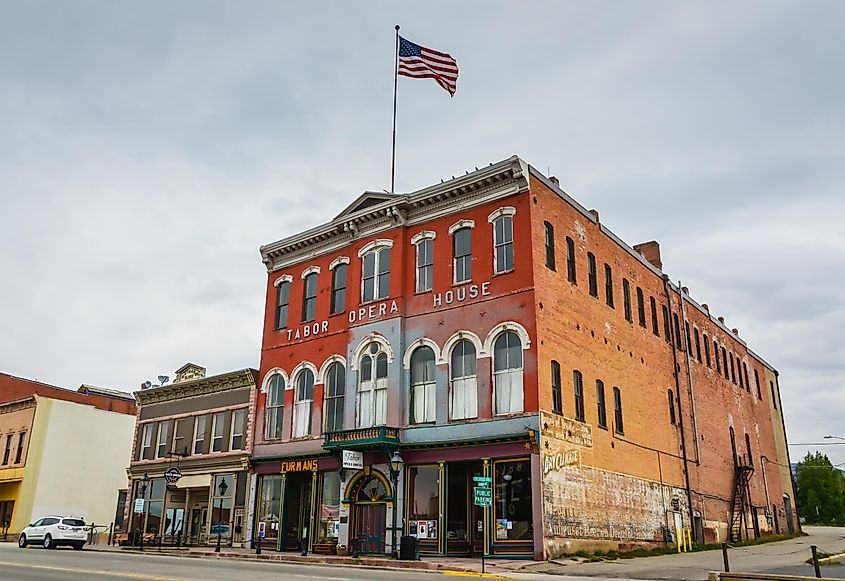
With a current population of around 3,000, Leadville, Colorado, is ten times smaller than it was during its hay day. Founded in 1877, this town holds a unique history within Colorado’s post-gold rush history. It was founded due to the discovery of a large silver deposit just east of the modern townsite. Often referred to as Cloud City or The Two Mile High City, Leadville sits 10,430 feet above sea level. At its founding, Leadville was the highest town or city in the entire United States. Located in the shadow of Mt. Elbert and Mt. Massive, this town boundary places it with the boundary of Colorado’s National Historic Landmark District, this entire vicinity attracting tourists all year round.
While the Colorado gold rush (and silver rush to a lesser degree) only lasted a few years, it left its mark on Colorado by way of the multitude of communities founded as mining towns. In today’s day and age, Colorado has 271 incorporated municipalities, most of which owe their existence to the Colorado gold rush. While many of these mining towns and cities survived the end of the gold rush, many more did not. Abandoned to fade into history and the earth, there are over 600 recorded mining ghost towns in Colorado, with double this amount estimated to have once existed, but show no modern evidence of their historical presence. Many tourists come to Colorado to visit the sites of these towns and witness what remains of Colorado’s mining past.
